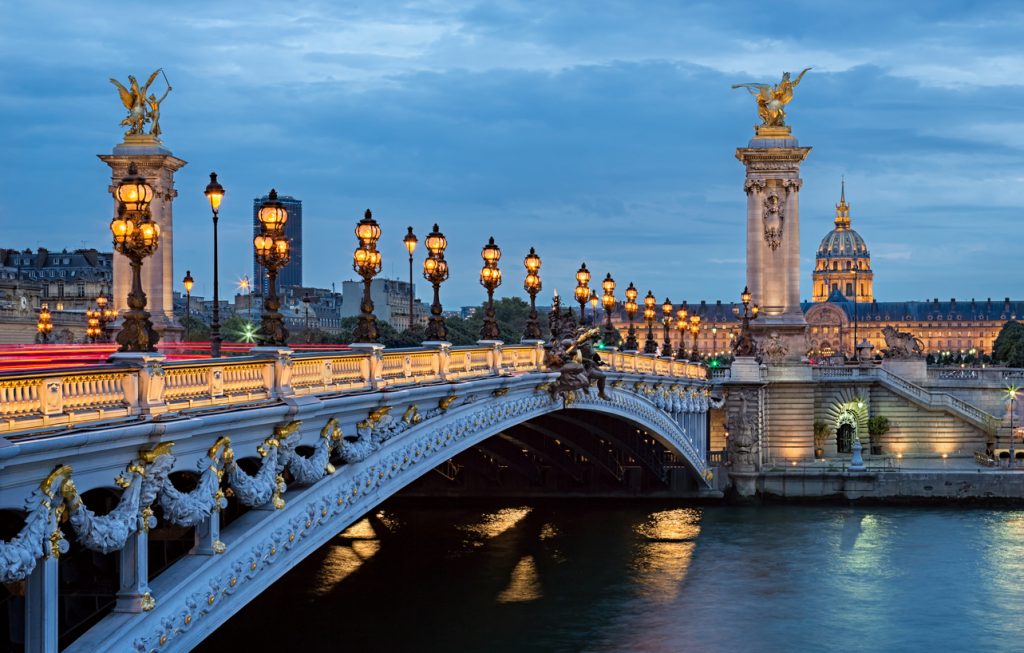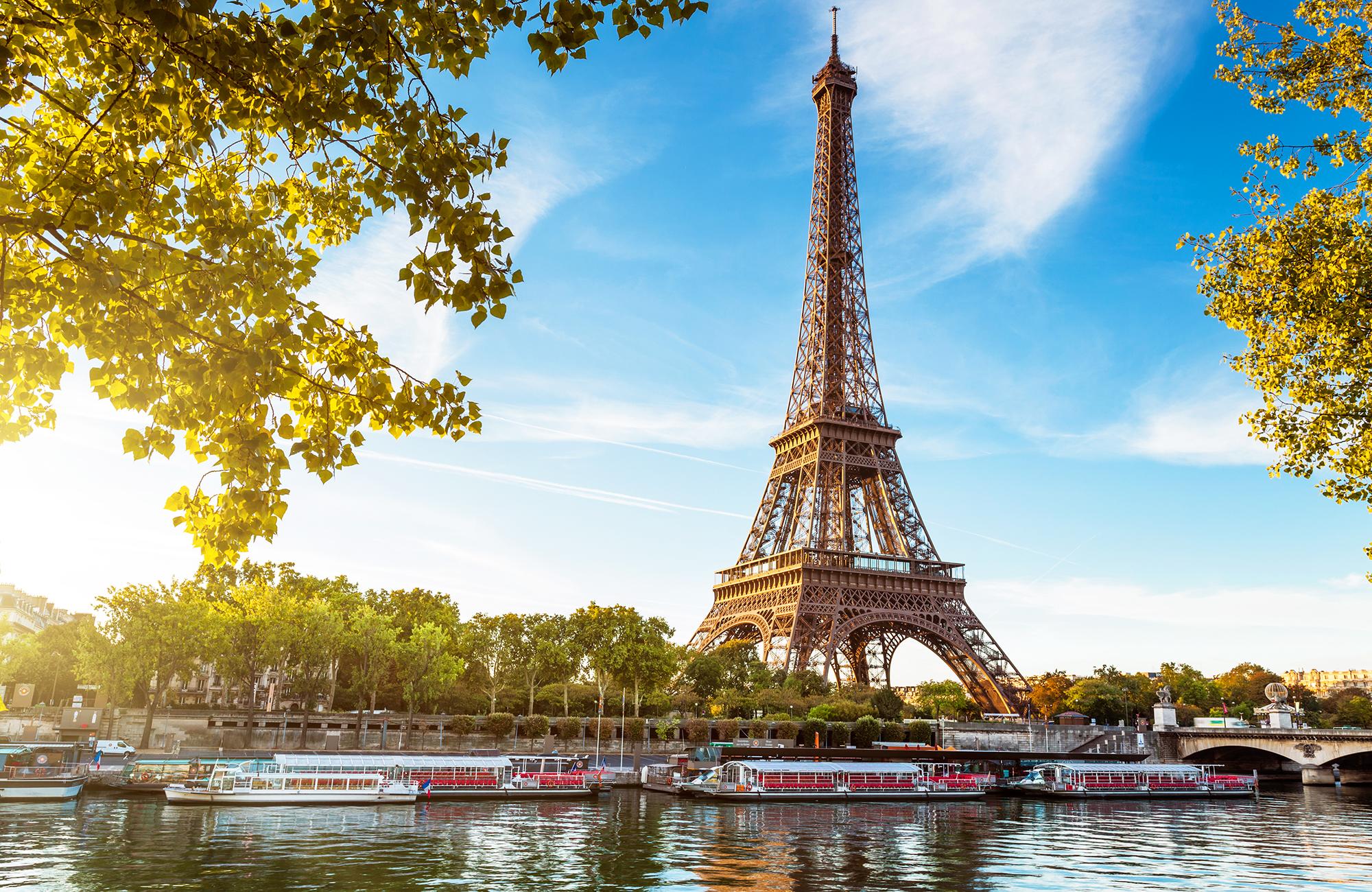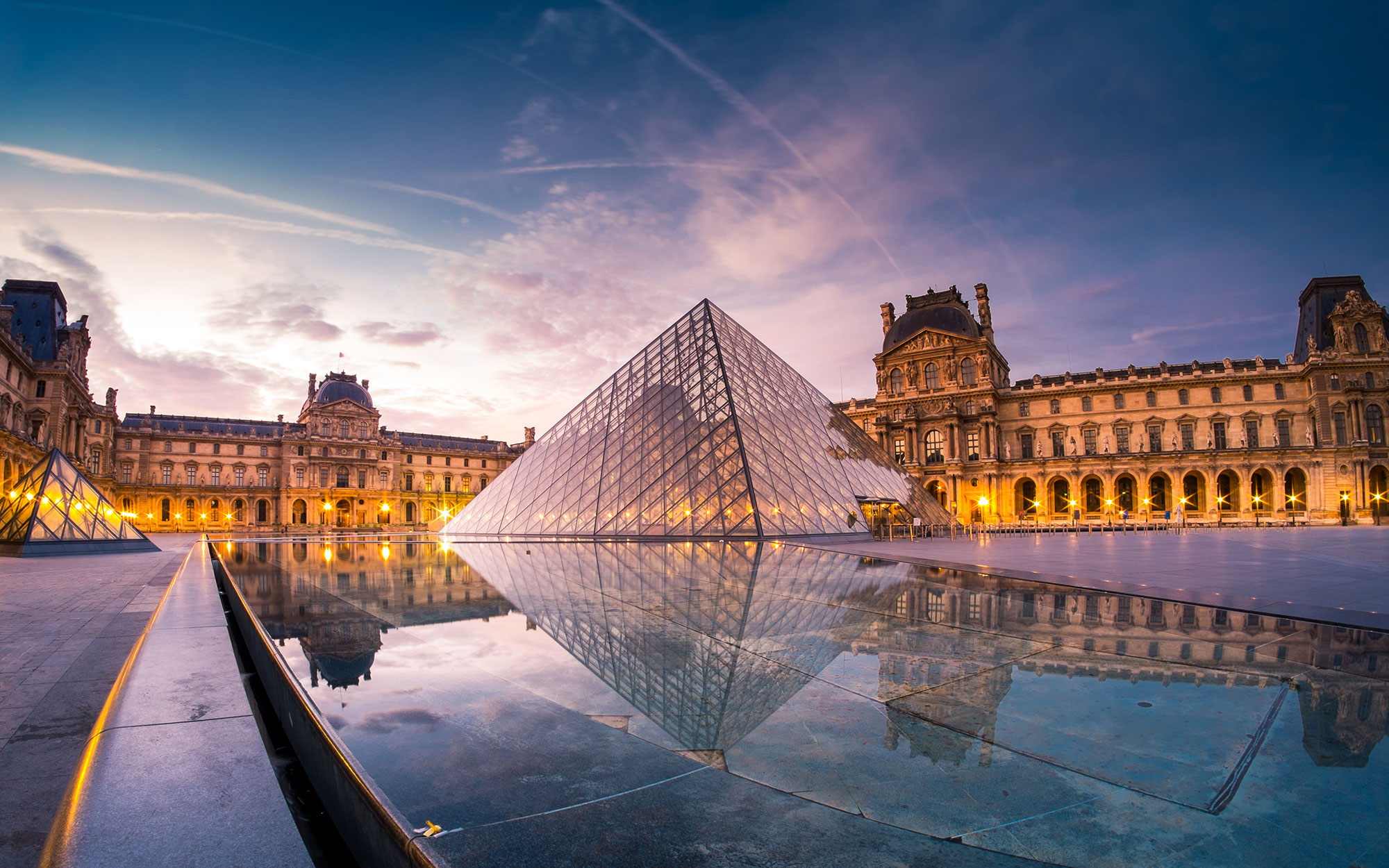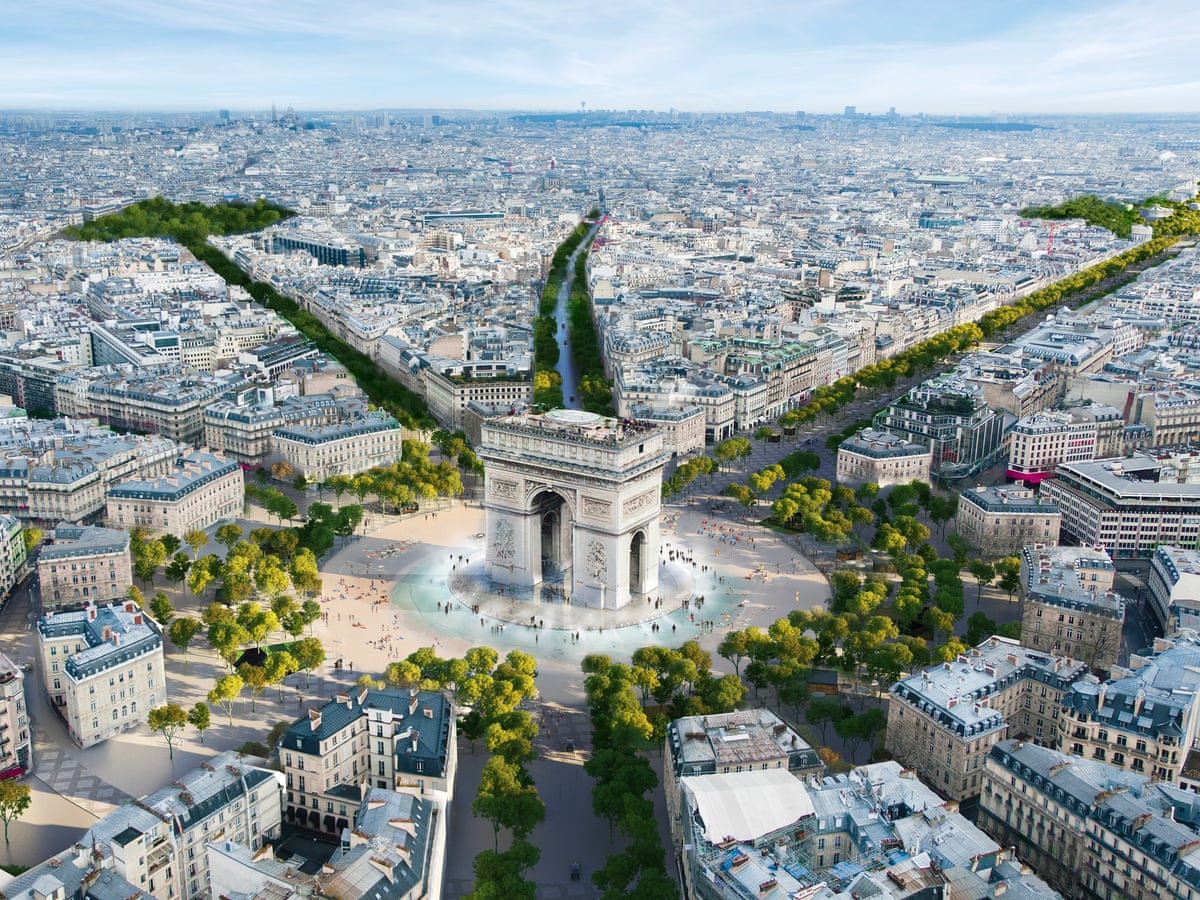Venue & Hospitality
City Highlights
About City
About France:
France is one of Europe’s largest countries. It is bordered by six countries other nations: Germany, Belgium and Luxembourg to the northeast, Switzerland and Italy to the southeast and Spain to the southwest. The United Kingdom borders France via the English Channel. The country is considered to be the gateway to Europe as there are several large international airports (two of these can be found in Paris), ferry terminals and the French rail service.
France is the most popular tourist destination in the world. There are many reasons why so many people enjoy visiting the diverse country, including the natural beauty, the amazing climate, outdoor recreational activities such as golf courses, art museums and galleries and so much more. There are many different activities that outline the history of the country which are enjoyable to visitors, especially considering its turbulent past.
About Paris:
Paris, city and capital of France, situated in the north-central part of the country. People were living on the site of the present-day city, located along the Seine River some 233 miles (375 km) upstream from the river’s mouth on the English Channel (La Manche), by about 7600 BCE. The modern city has spread from the island (the Île de la Cité) and far beyond both banks of the Seine.
Paris occupies a central position in the rich agricultural region known as the Paris Basin, and it constitutes one of eight départements of the Île-de-France administrative region. It is by far the country’s most important centre of commerce and culture. Area city, 41 square miles (105 square km); metropolitan area, 890 square miles (2,300 square km). Pop. (2012) city, 2,265,886; (2015 est.) urban agglomeration, 10,858,000.
Character of the city:
For centuries Paris has been one of the world’s most important and attractive cities. It is appreciated for the opportunities it offers for business and commerce, for study, for culture, and for entertainment; its gastronomy, haute couture, painting, literature, and intellectual community especially enjoy an enviable reputation. Its sobriquet “the City of Light” (“la Ville Lumière”), earned during the Enlightenment, remains appropriate, for Paris has retained its importance as a centre for education and intellectual pursuits.
How to Reach Paris:
FLIGHT
Being the capital of the most visited country in the world, Paris witnesses a lot of tourist activity. There are a total of three international airports in Paris, namely Charles de Gaulle International Airport (Roissy), Orly International Airport and Beauvais (Aeroport de Beauvais Tille).
An added air transport facility in Paris is the airline shuttle service run by Air France, which includes shuttle flights between the airports. When flying, be sure to reach well ahead of the flight timings as the airports are crowded most of the time.
ROAD
Paris enjoys good bus service, both within the city and to and from other cities in France. Eurolines is one of the major bus operators in Paris. There is also Megabus, a budget travel bus operator, which connects Paris with Brussels, United Kingdom and Amsterdam.
Paris is linked to all important cities of France by excellently built expressways (also called autoroutes). Traffic is dense, and it is best to travel by public transport. If you do wish to travel by car, it is advisable to hire a taxi.
TRAIN
Paris enjoys excellent railway connectivity to all other parts of France and the rest of Europe. No single junction exists for all trains; however, there are six different railway stations, which are not connected to each other but run trains to and from various other cities and European countries. Some of the important trains in Paris include the Train Express Regionale, Trains a Grande Vitesse, the high-speed Thalys, and the Eurostar and Intercity trains.
Venue




